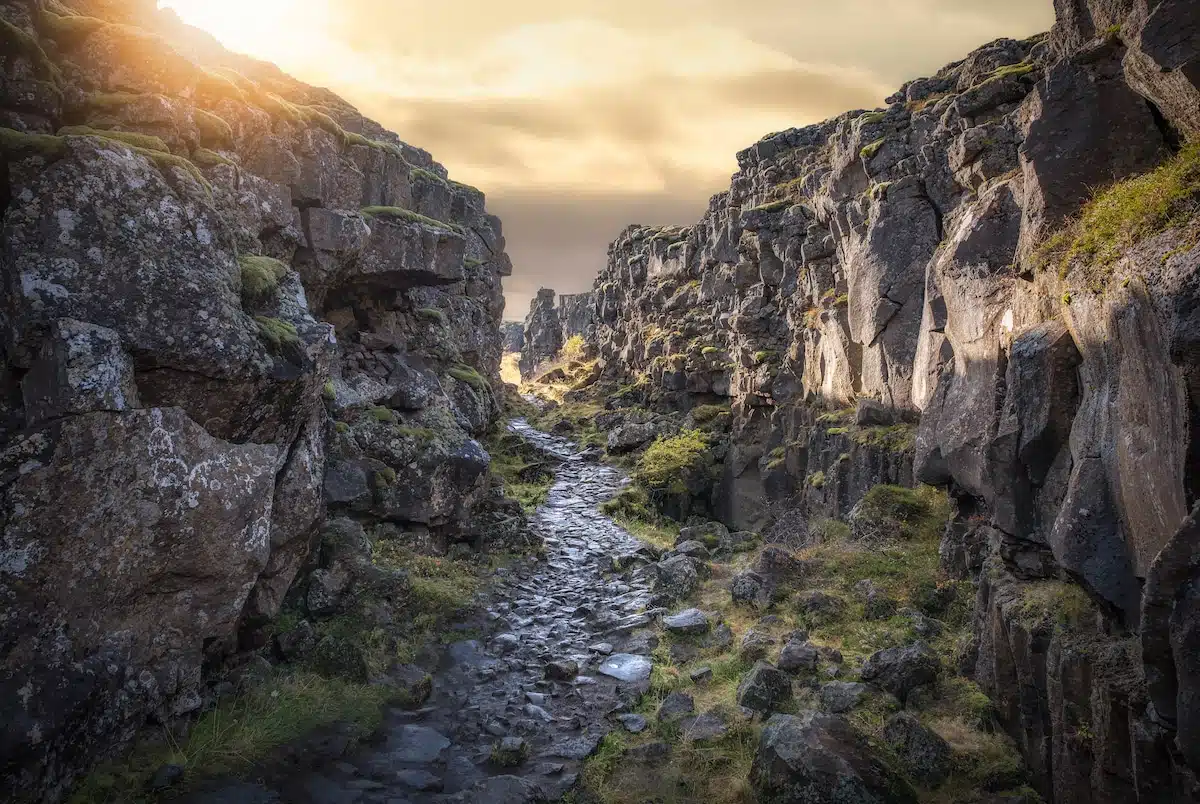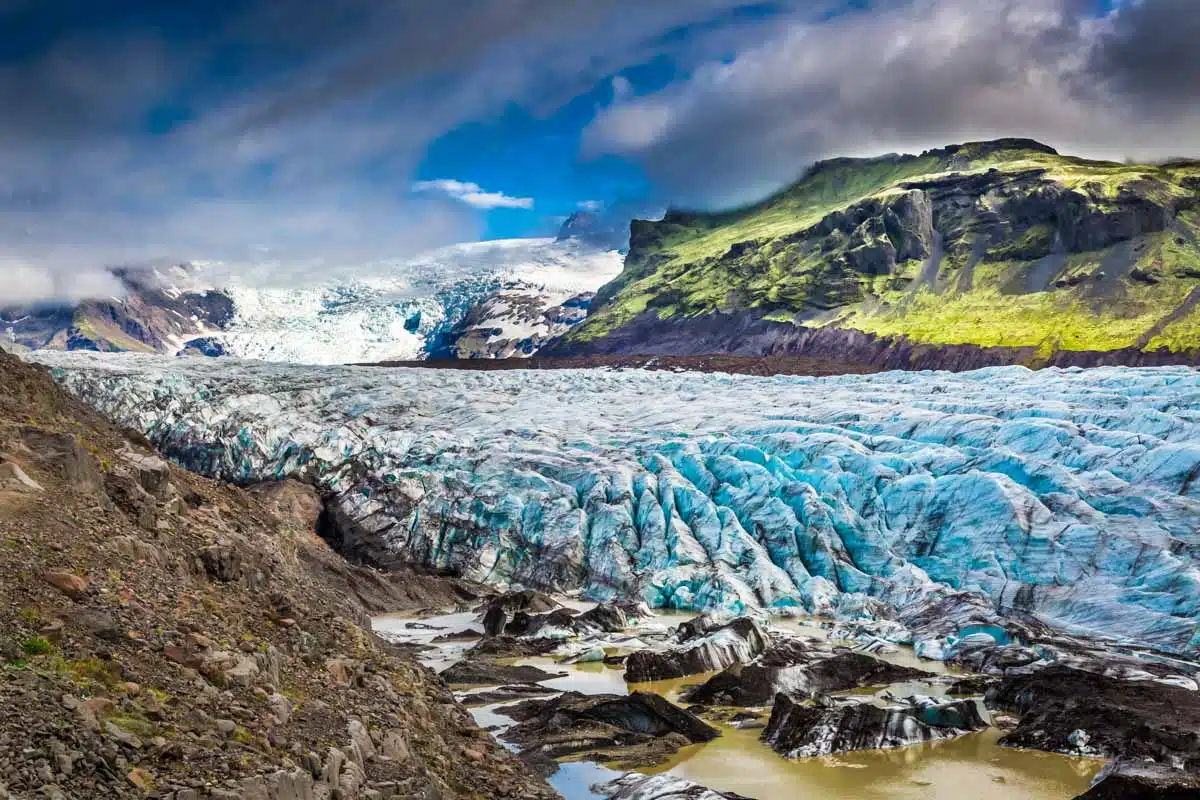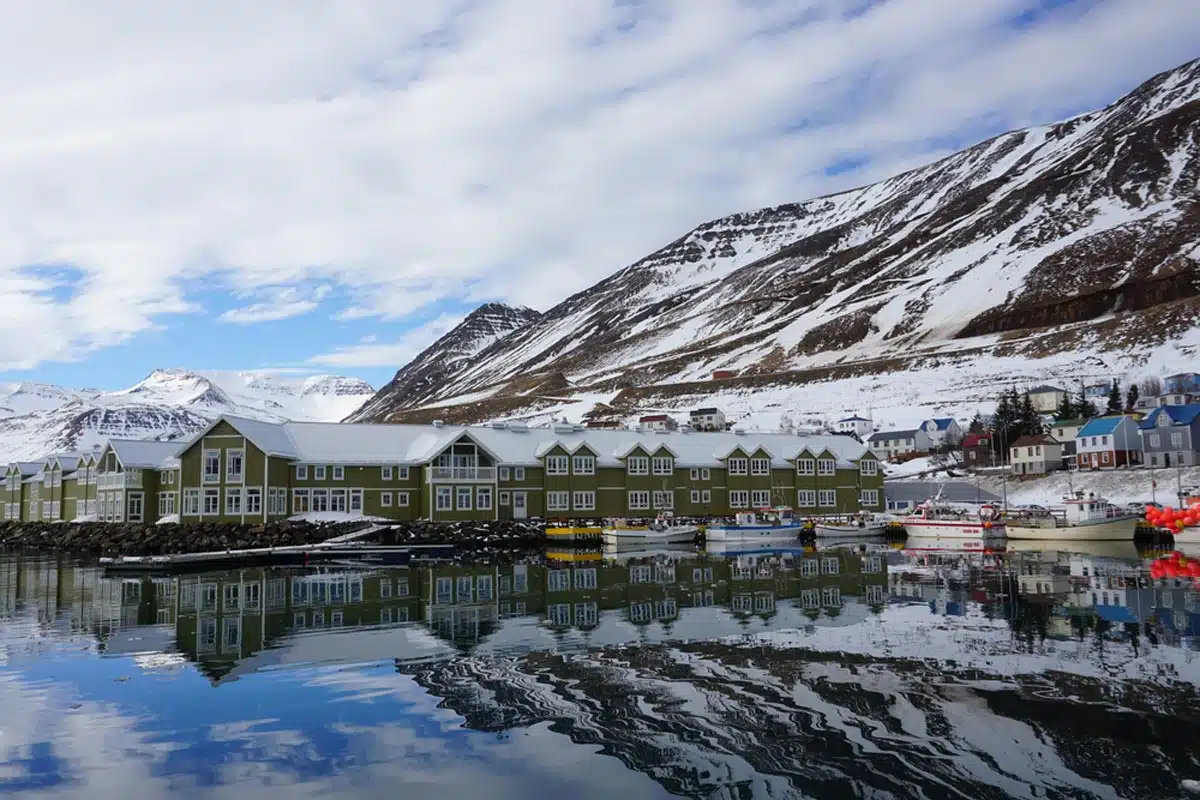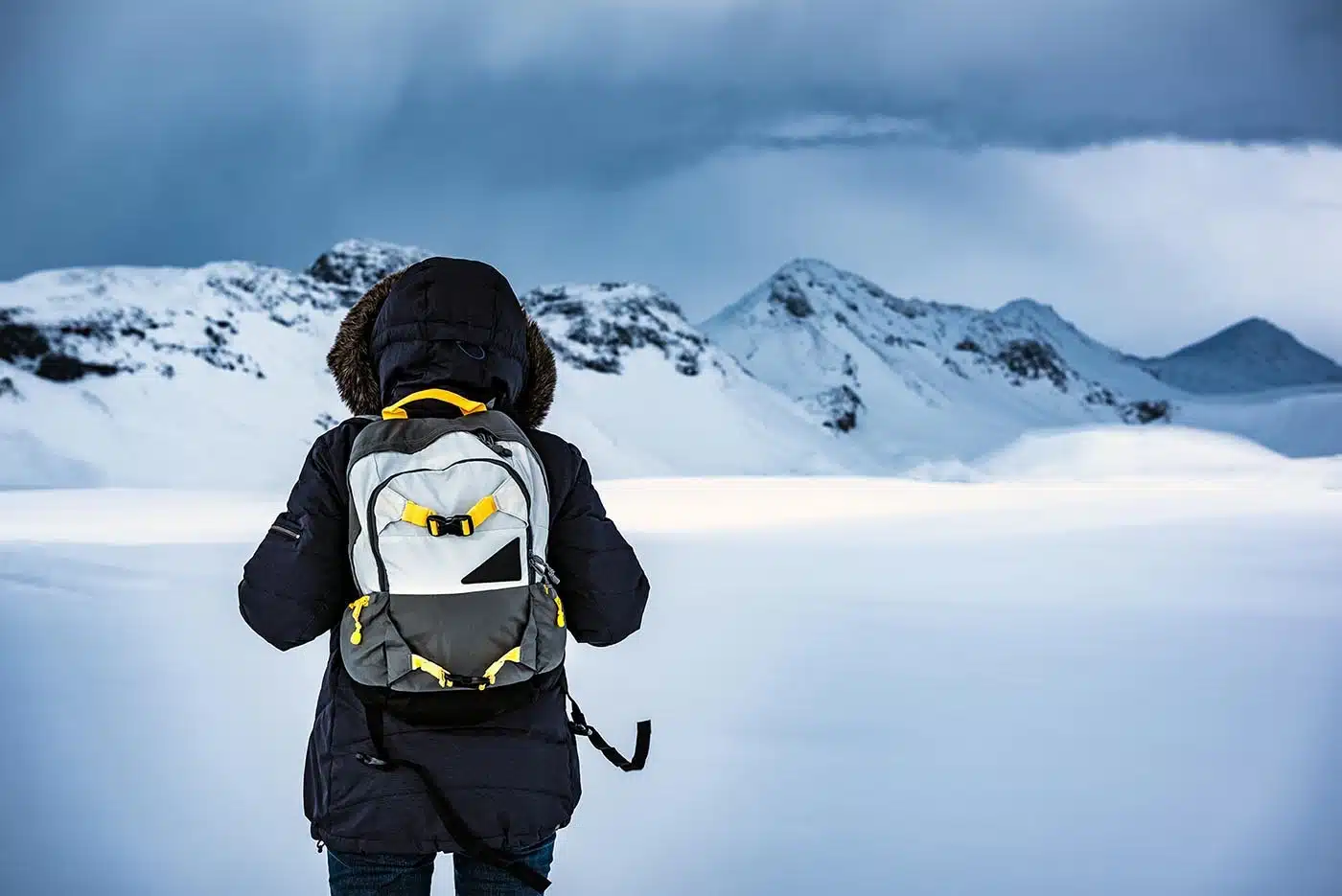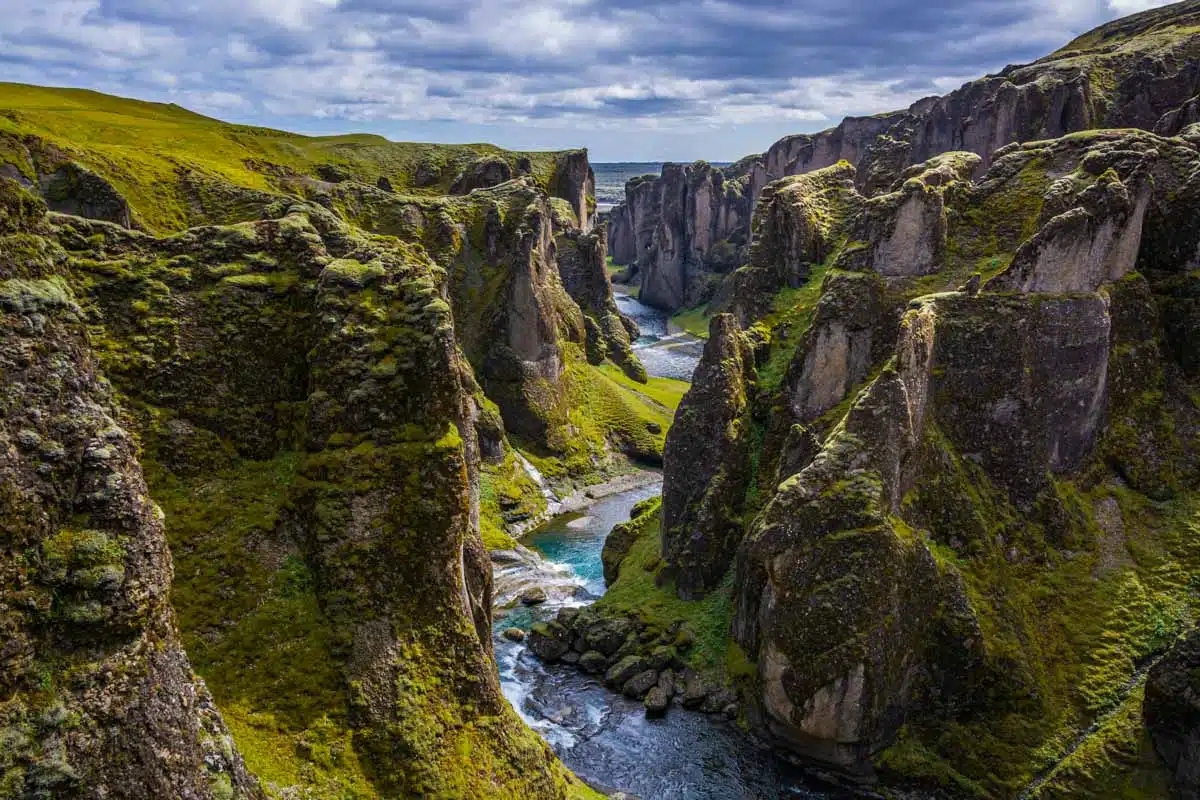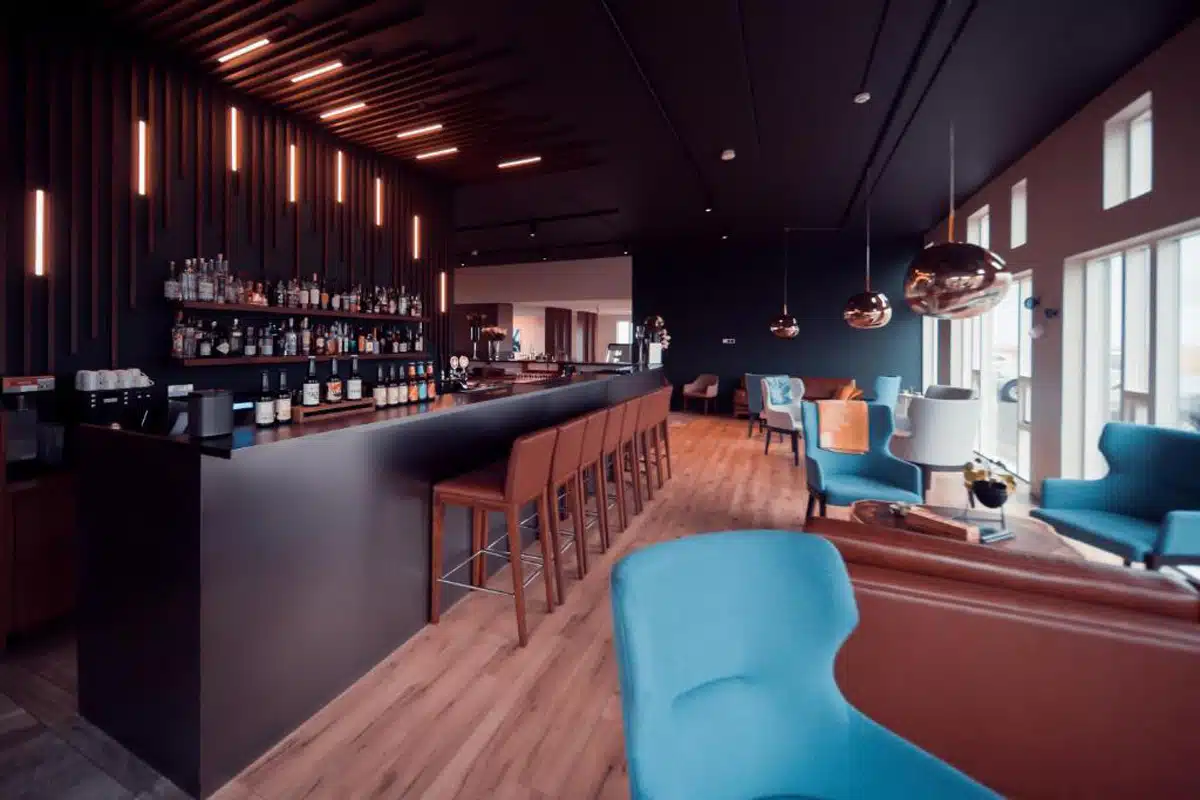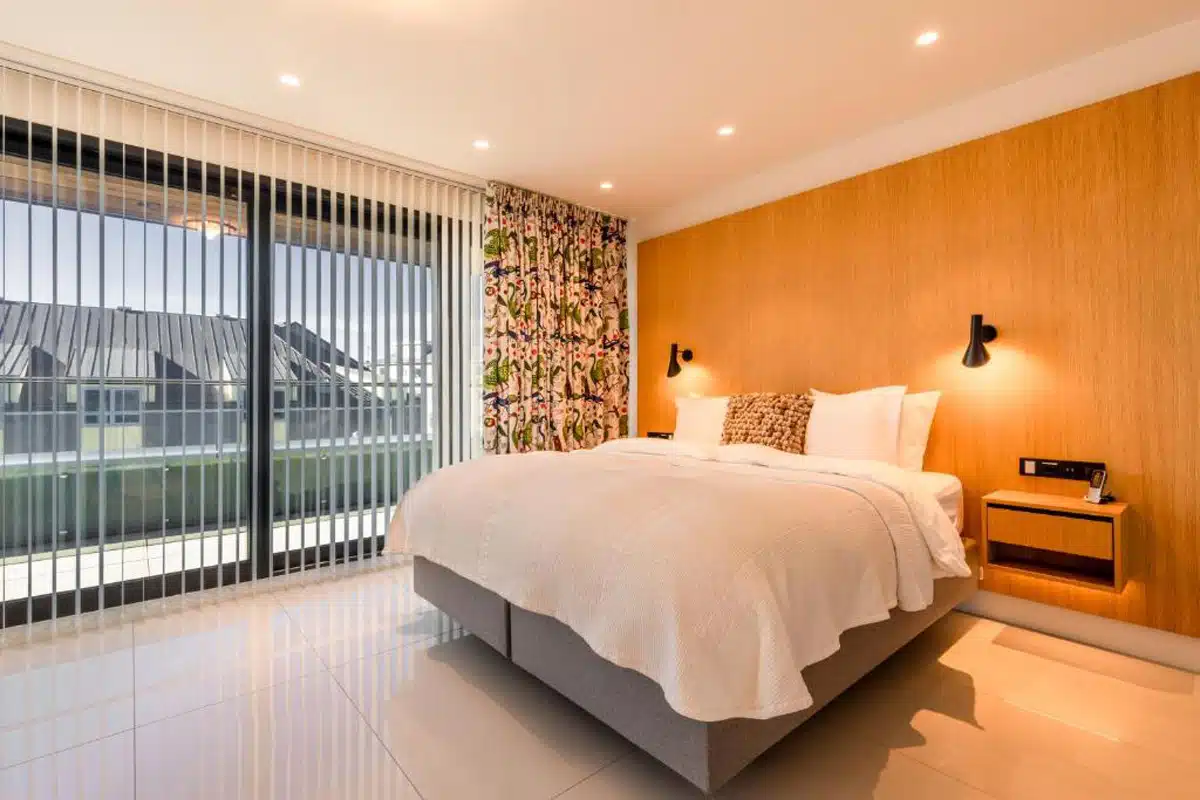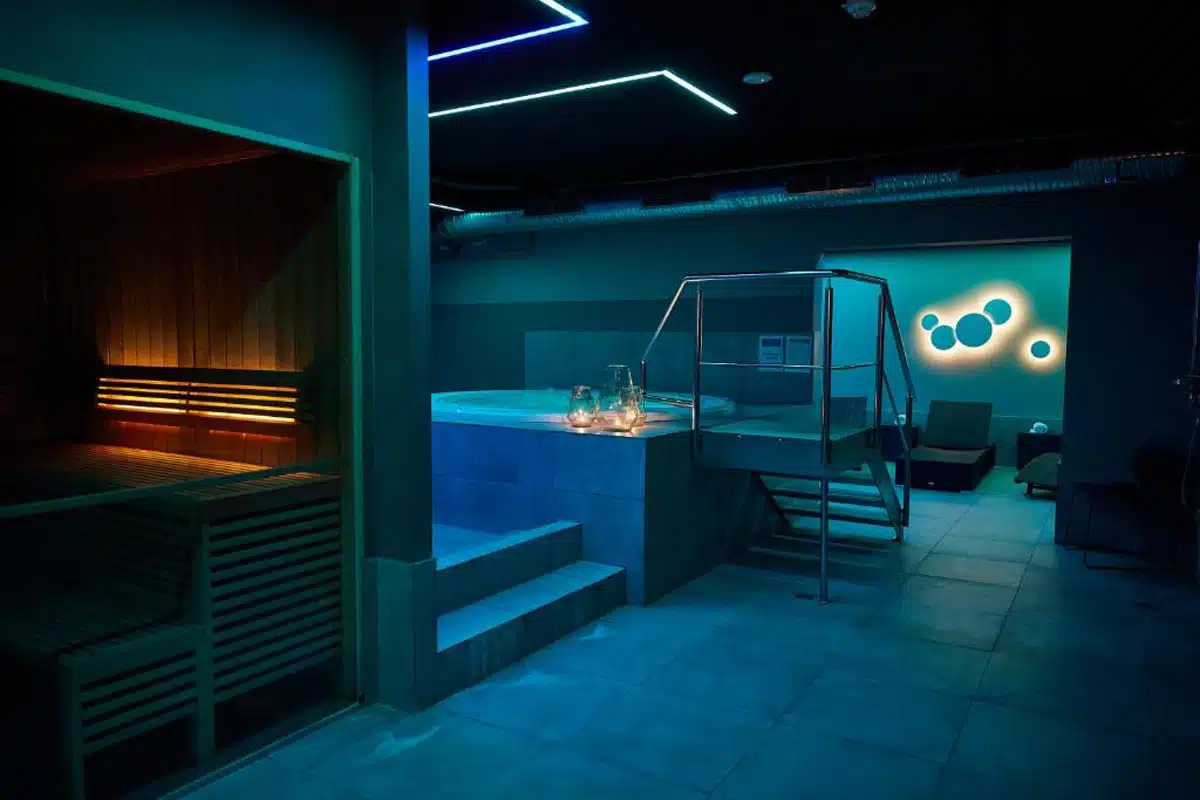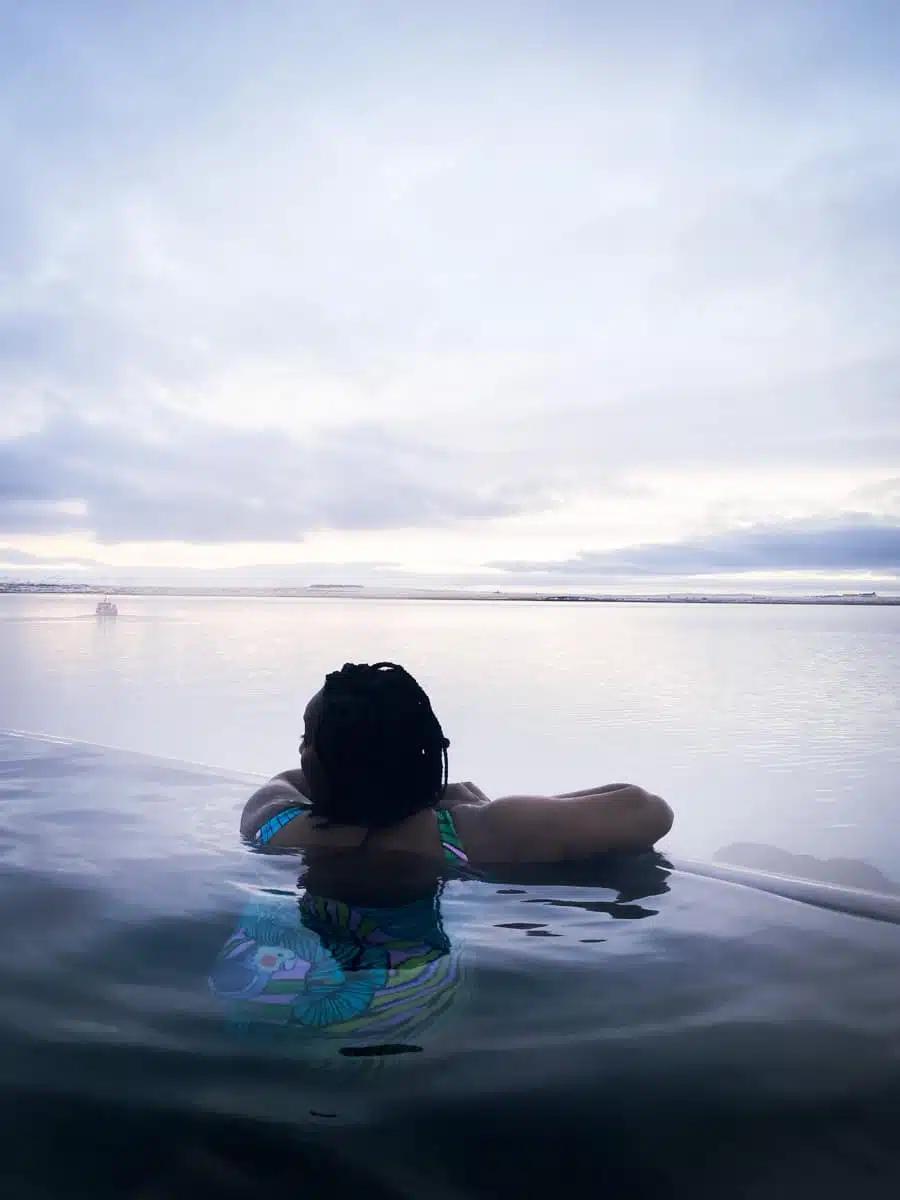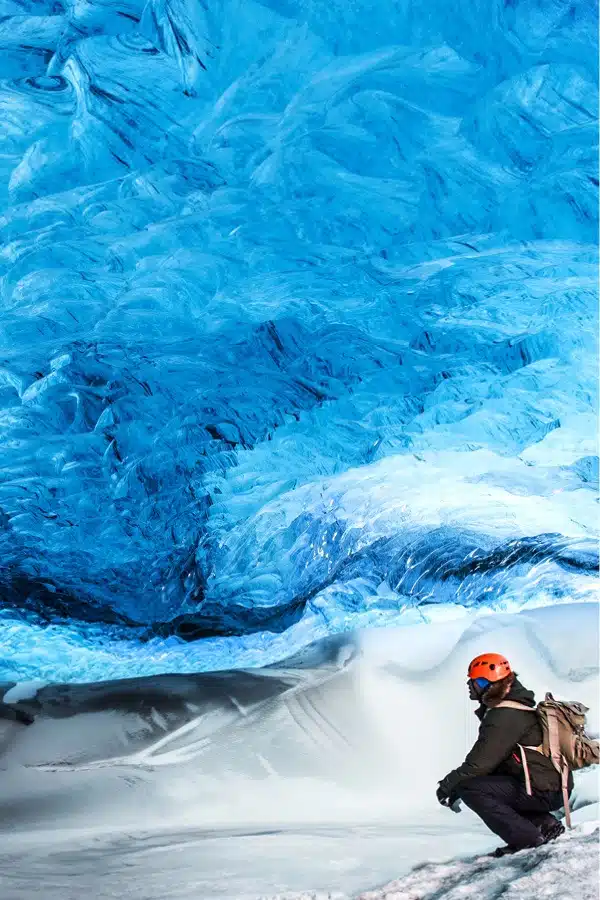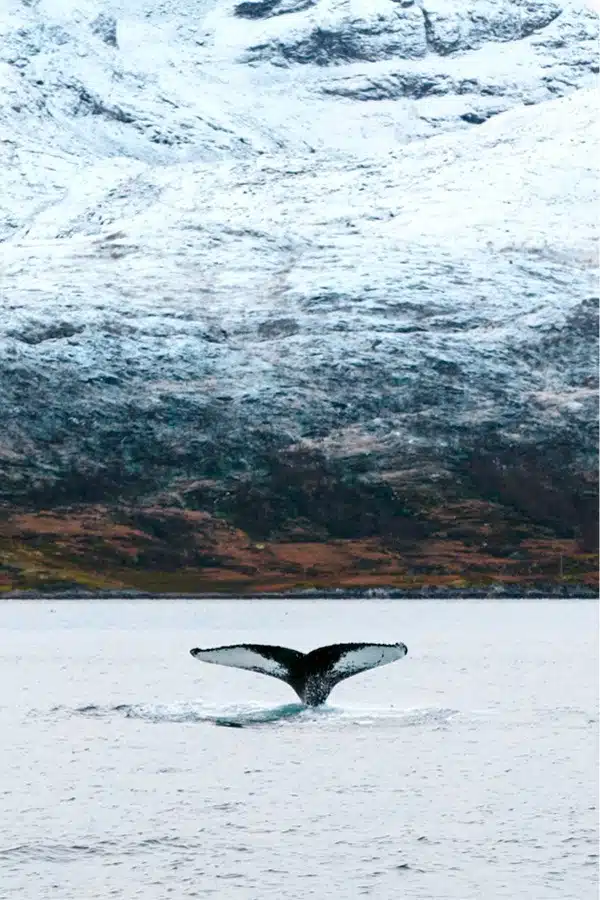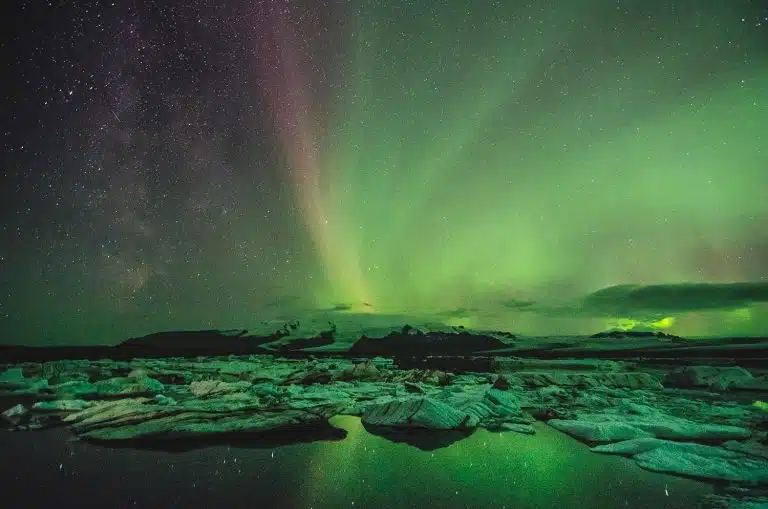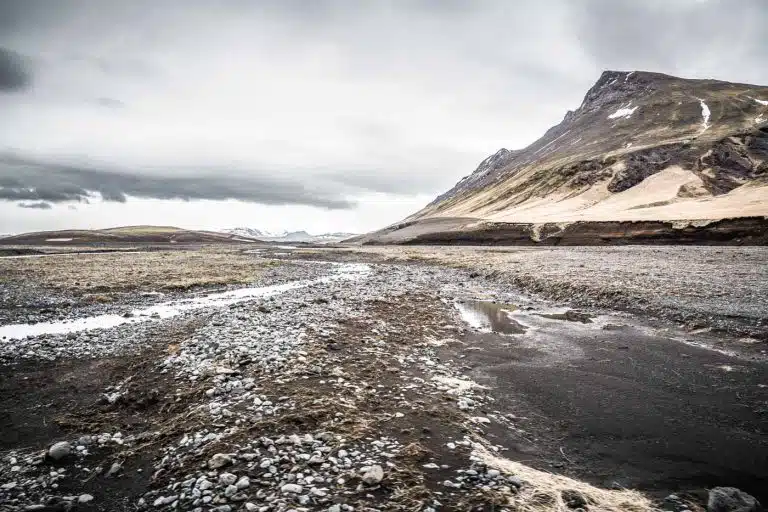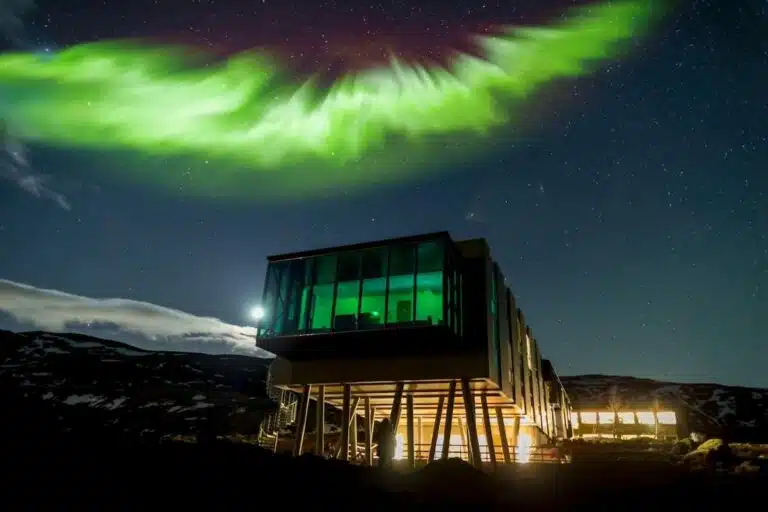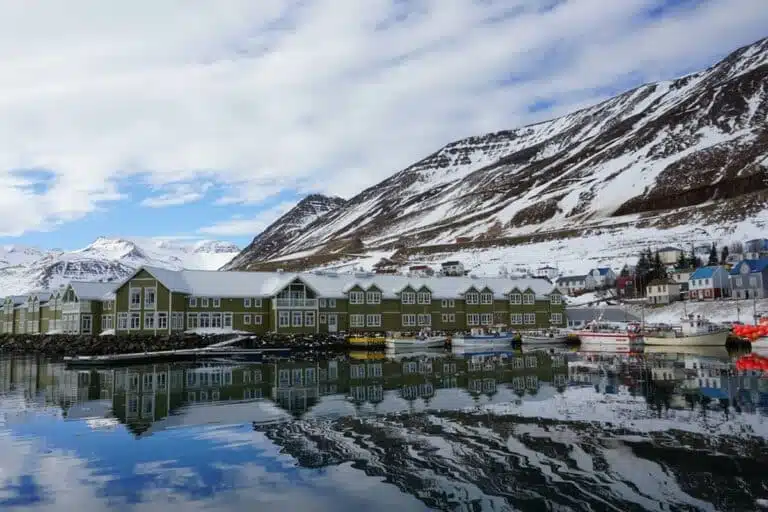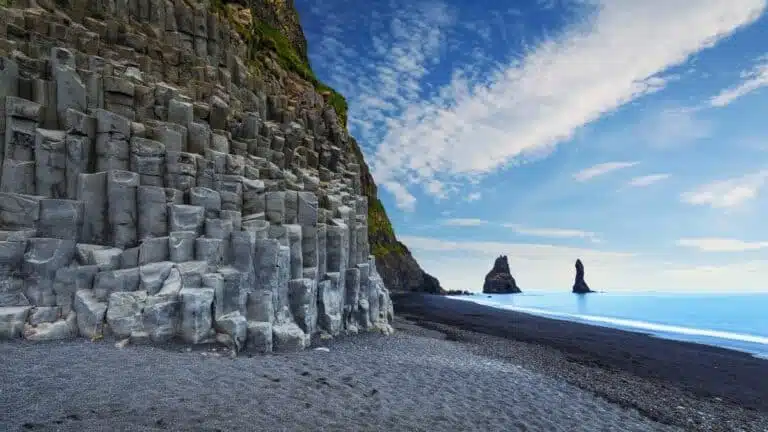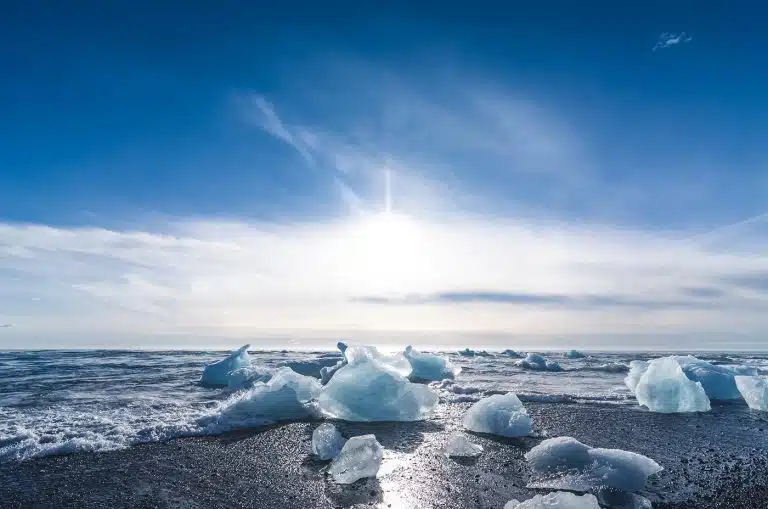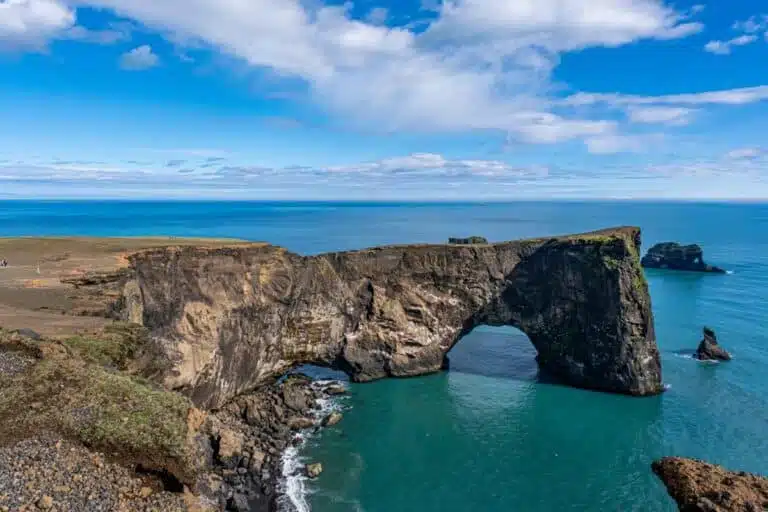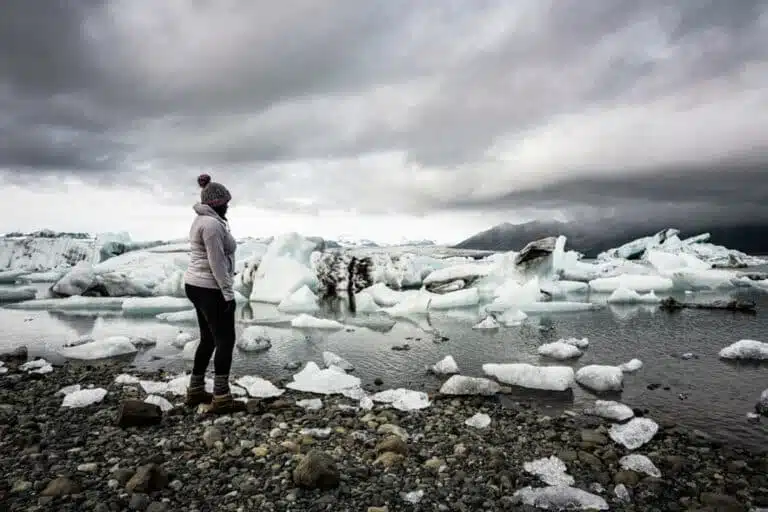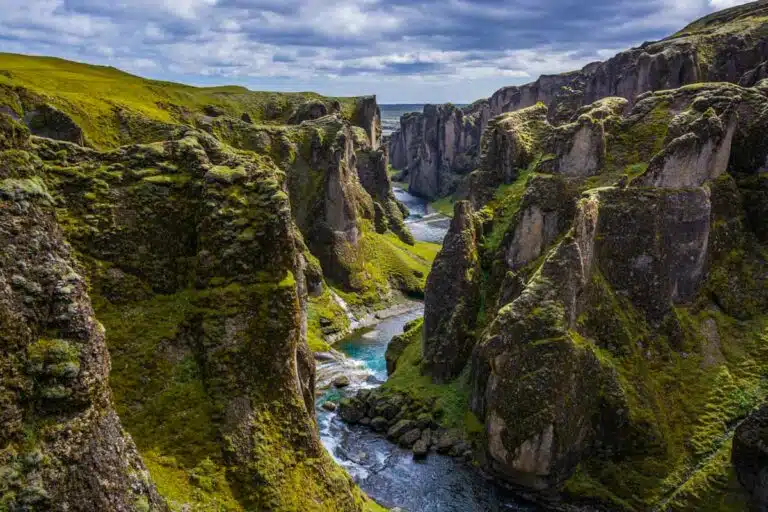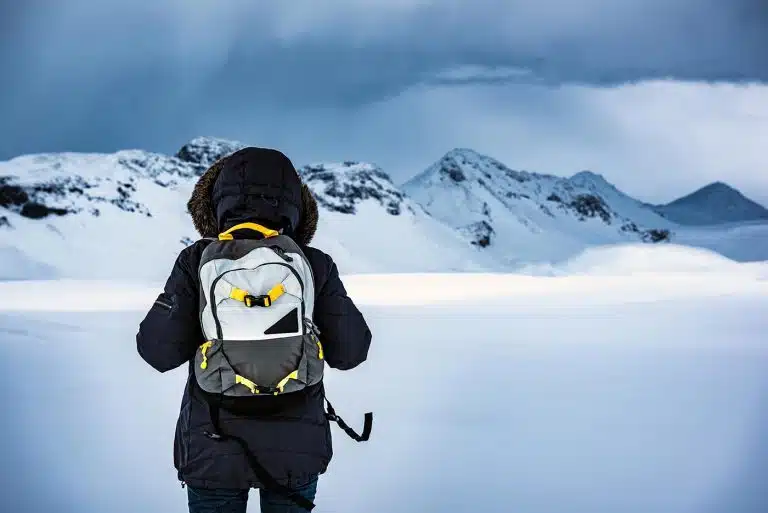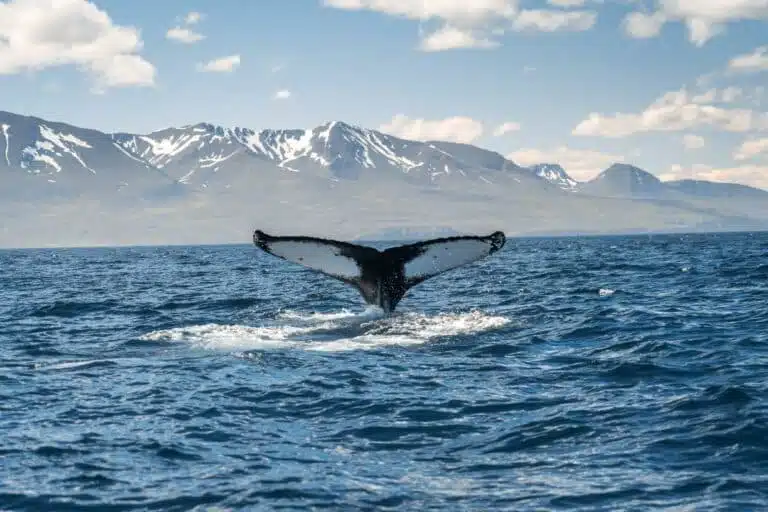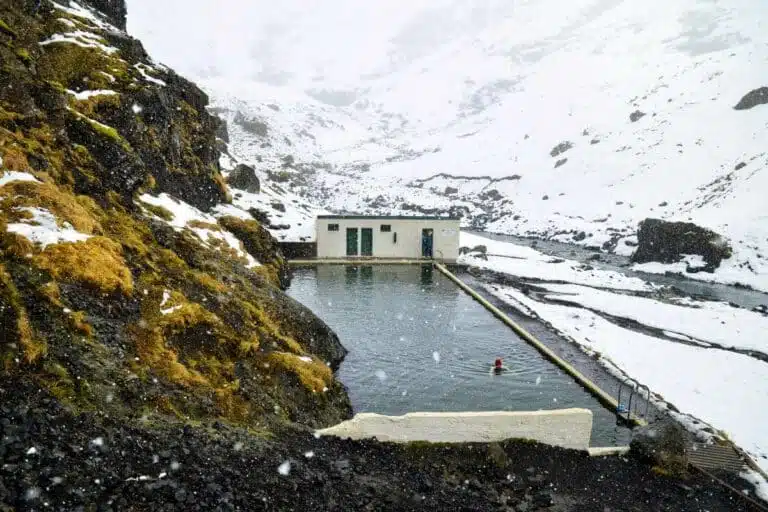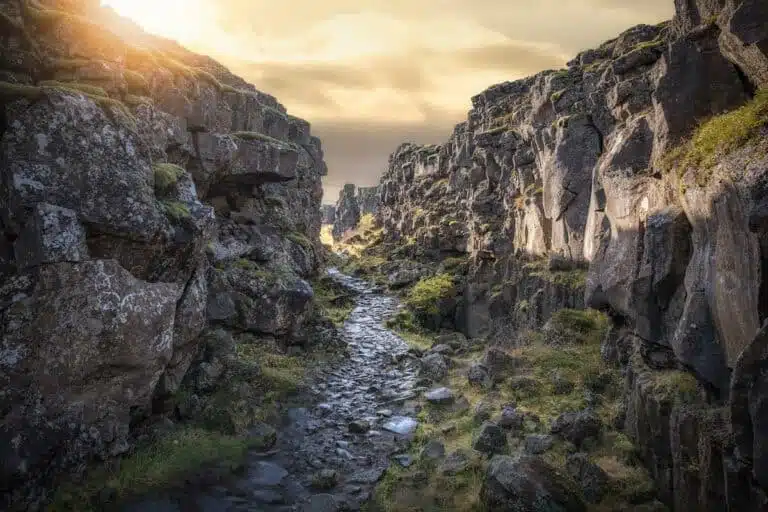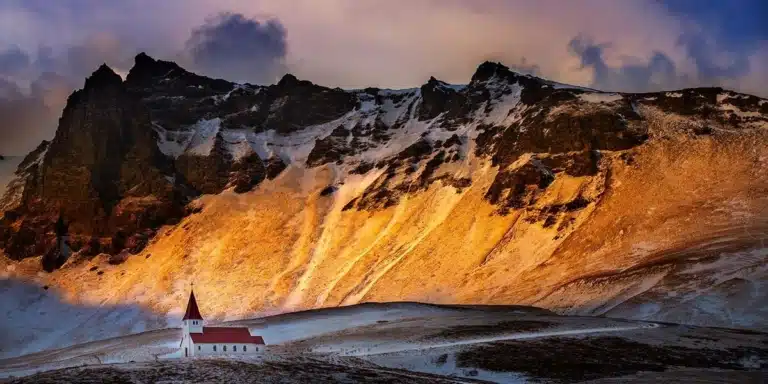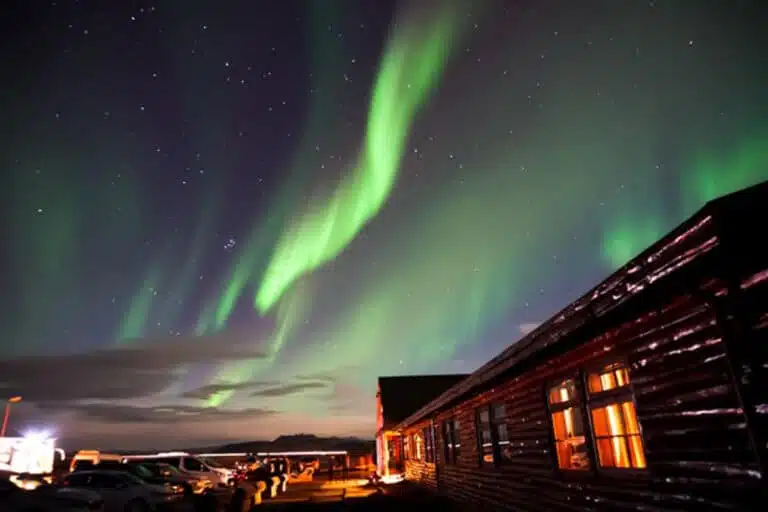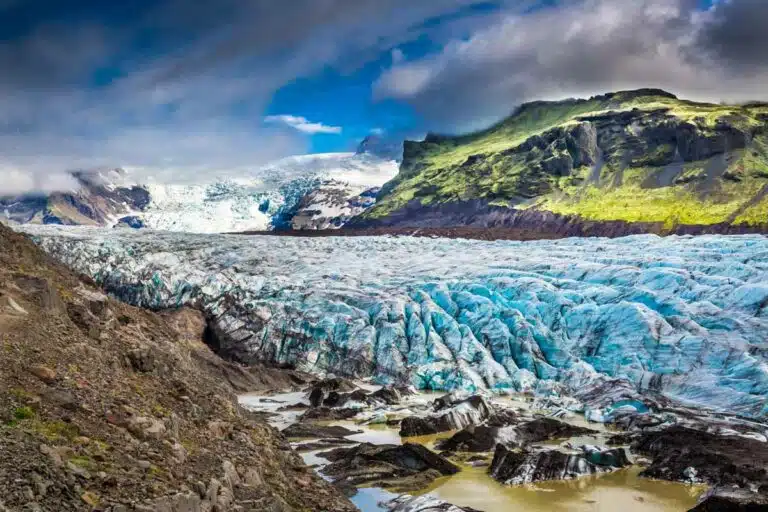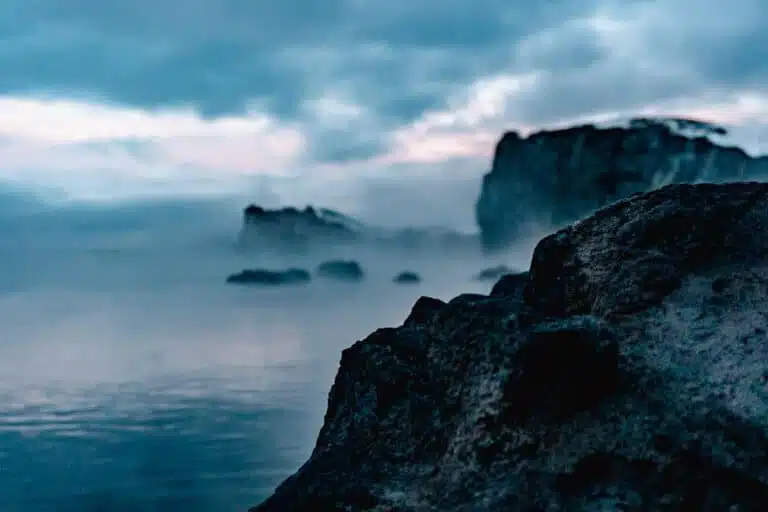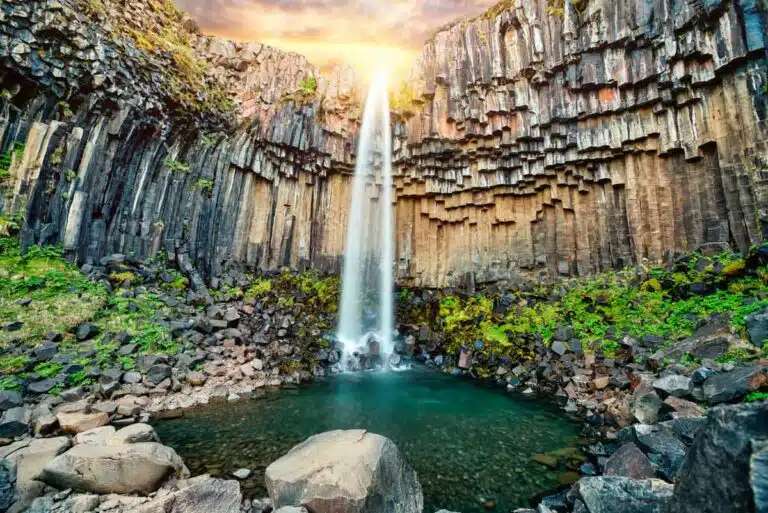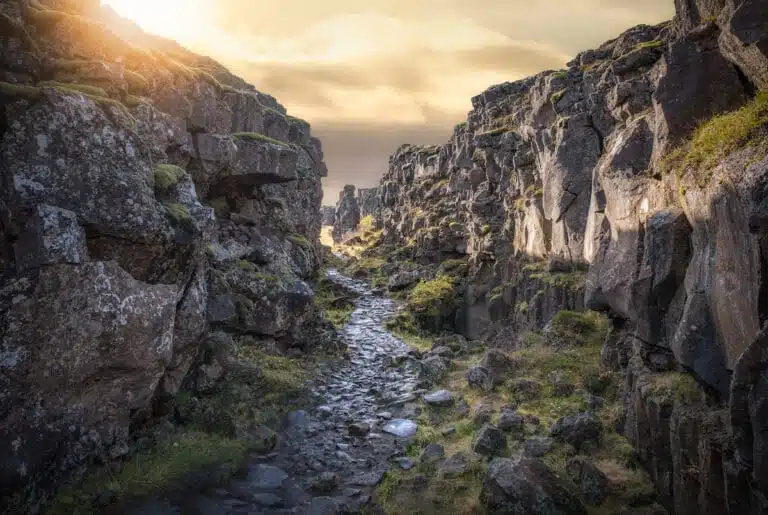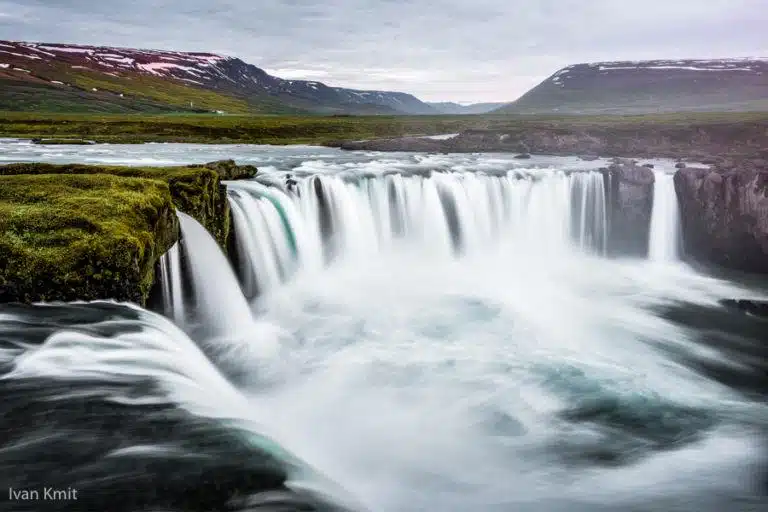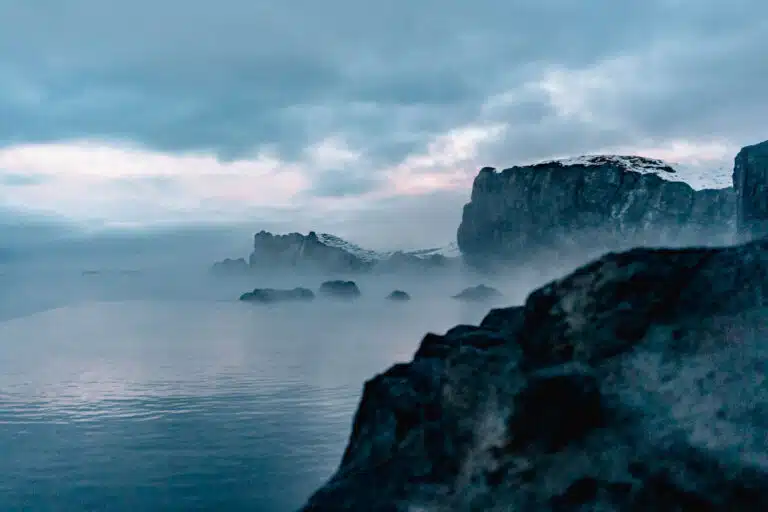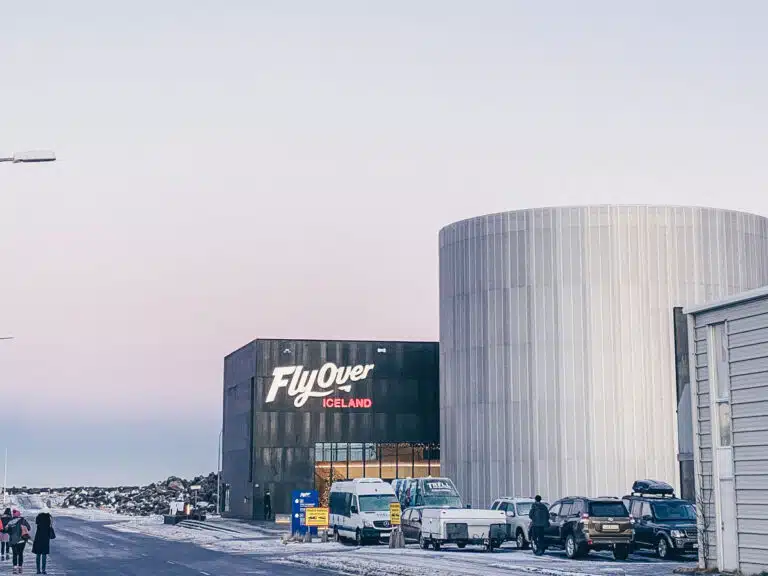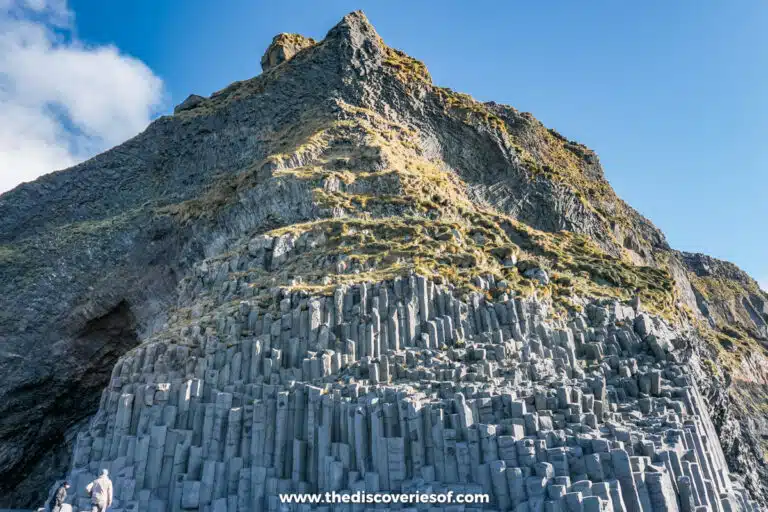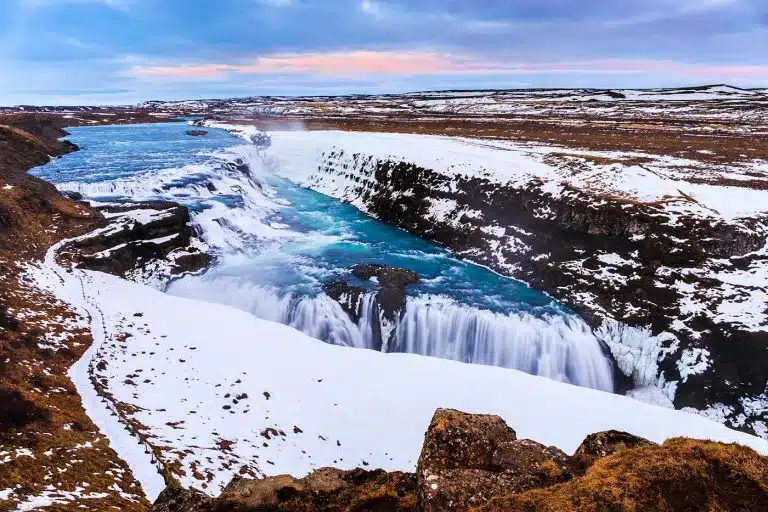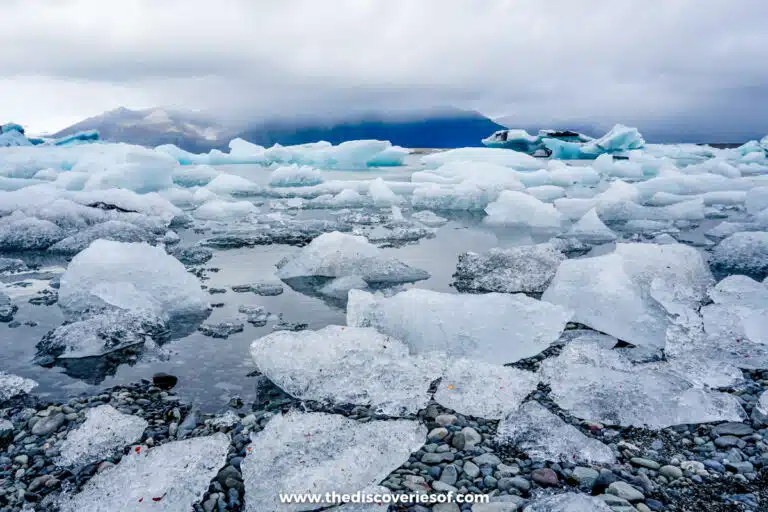
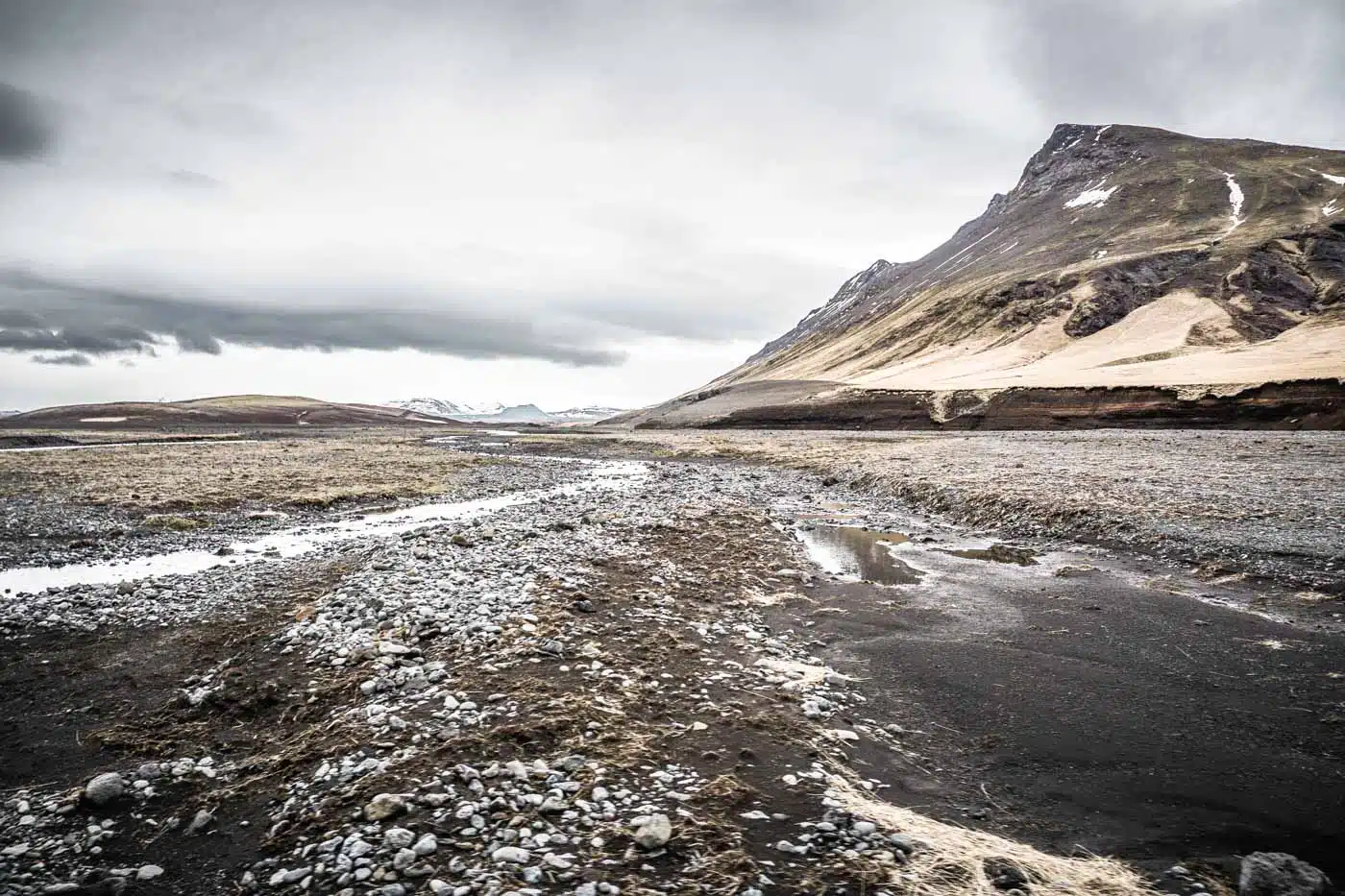
Iceland Travel Guide
Iceland has emerged in the past decade as one of Europe’s hottest (coolest?) travel destinations. But what makes it so special? Well, to summarise briefly, it’s pretty magical. Explore with this Iceland travel guide.
Destinations
Welcome to Iceland, the land of fire and ice, where nature’s raw power manifests in geysers, glaciers and volcanic landscapes.
If you are planning a visit to Iceland, prepare yourself for stunning waterfalls and, depending on which time of year you visit, the chance to peek at the Northern Lights.
Top that off with moss-covered lava fields, the dramatic cliffs of the Westfjords, the treasures of Reykjavik and, of course, the Golden Circle and you’re in for a treat.
Looking for details on when to visit Iceland, how to get there, and what to do once you’ve arrived? Eager to get insider tips, suggested stays, and trip itineraries? Read this Iceland travel guide for all that and more.
Top Picks For Iceland
How to Plan a Trip
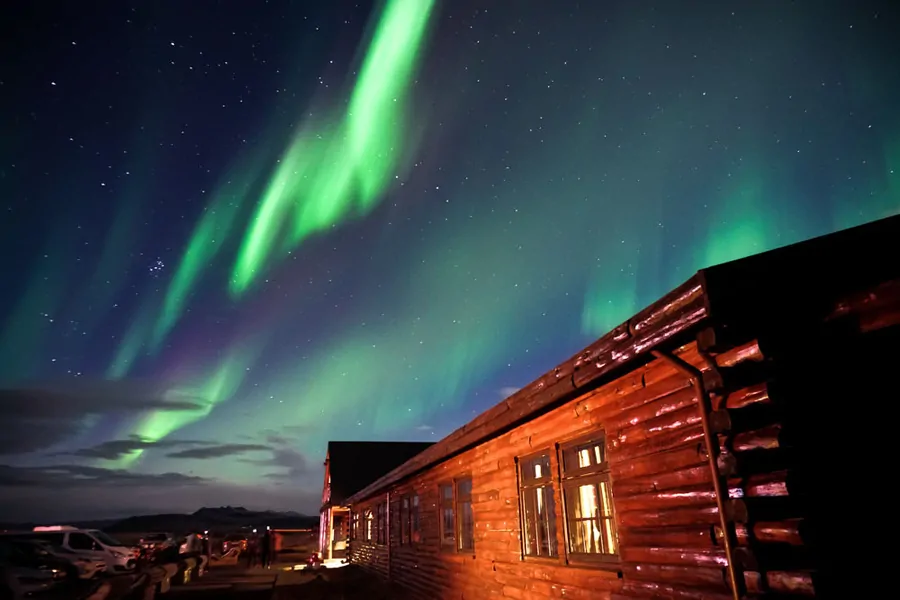
Best time to visit
A genuine land of extremes, the best time for visiting Iceland and most of its attractions is between late May and early September.
To explore the Highlands and the Westman Islands, plan your travels for summer (June to August). As for the Westfjords, visit Iceland in winter (September to January).
The best time to see the Northern Lights in Iceland is between the end of September and the end of March.
Handy Resources
- Skyscanner is the ultimate in getting the best flight tickets at the lowest prices.
- Holiday Autos offers an excellent platform where you can compare car rental prices.
- Omio gives you the best deals on buses, trains, and flights.
- Booking.com offers accommodation deals and airport transfer services as well.
- G Adventures is an ideal online booking platform for multi-day guided tours.
- Road.is is an exceptional tool that shows you real-time road and driving conditions.
Where to Stay
Reykjavík
Reykjavík is everything you’d expect it to be: lively, welcoming, and gorgeous. The city brims with landmarks, including Hallgrímskirkja and the Sky Lagoon. Book your stay at The Reykjavik EDITION.
Akureyri
Akureyri is a surefire standout. It’s one of the best places to indulge in whale watching, and visiting the Akureyri Botanical Gardens, famous for its vibrant flora, is a must. Spend a night at Acco Luxury Apartments.
Vík í Mýrdal (Vik)
A popular spot along the Ring Road, Vik, is a charming village. The fact that you can visit two of the country’s most striking waterfalls, Skógafoss and Seljalandsfoss, just puts the cherry on top. Grab a room at Hótel Kría.
Húsavík
Húsavík, most famous for the Húsavíkurkirkja, is worth your attention. Highlights of the town are its numerous museums, and it is the perfect answer for where to stay in Iceland. Book your overnight spot at Fosshotel Husavik.
Packing For Your Trip
Packing for your Icelandic trip? Don’t forget…
- A half-zip mid-layer fleece to keep you warm.
- Heading outdoors? Bring a pair of thermal hiking leggings.
- You’re bound to go hiking while in Iceland, so pack your hiking boots.
- A spacious travel backpack to carry all your essentials.
- For those chilly summer and spring days, bring an outer shell.
Travel Insurance
One of my top Iceland travel tips is to cover every aspect of your adventure with appropriate travel insurance.
I use AXA Travel Insurance as it offers the perfect coverage for medical treatments, loss of personal items, and unforeseen cancellations that could derail a trip.
Suggested Guidebooks
Plan your next great travel experience!
Sign up for insider tips straight to your inbox.
Iceland Visitor Guide: What to Do During Your Iceland Trip
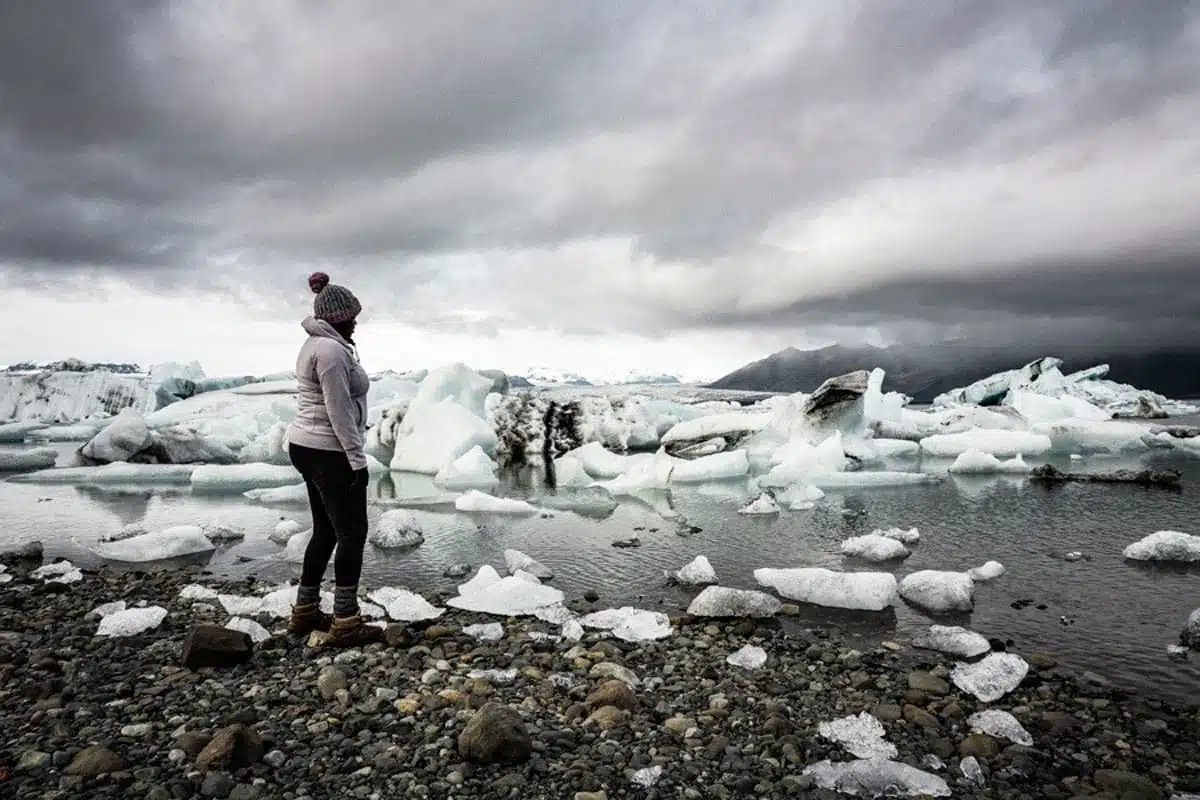
Top Things to Do
Reykjavik
Take some time out to explore Reykjavík’s thriving buzz. From art to music and spectacular attractions, there’s plenty to do and see in the Icelandic capital.
You won’t be able to miss the towering Hallgrímskirkja church, which offers 360-degree views over the whole city.
There’s plenty of culture on offer, including museums, galleries, and the famous Harpa Concert and Conference Hall, which in itself is an architectural masterpiece. Not to mention a penis museum. Yep, you read that right.
Golden Circle
A trip around the Golden Circle is a must-do activity when in Iceland. Check out the breathtaking Gullfoss Waterfall as a priority – it’s one of Iceland’s most famous attractions, and for good reason.
Other stops on the Golden Circle circuit include Þingvellir National Park, the location where the continental plates meet, and both Geysir and Strokkur geysers.
Jokulsarlon Glacier Lagoon & Diamond Beach
Words like spectacular and mesmerising get thrown around a lot when it comes to Iceland, but they’re an understatement when it comes to Jokulsarlon Glacier Lagoon and the nearby Diamond Beach.
Picture this: colossal icebergs drifting lazily in a lagoon that stretches as far as you can see. Then there’s Diamond Beach, where icebergs from the lagoon wash ashore and glisten against the volcanic black sand. Add them to your Iceland travel list.
Akureyri
This humble fishing port, with a small population of 18,000 people, is a surprising Icelandic gem that’s definitely worth visiting. It’s a great spot to hang out in some independent cafes or tea houses or have a shop around in the boutiques or craft stores.
Grundarfjörður
Grundarfjörður may not be the most talked-about town in Snæfellsnes Peninsula, but it’s full of nature-led activities. This town is home to one of the most famous mountains in Iceland, Kirkjufell, and is a real sight to behold.
This is the ideal place to slip on some hiking boots and get exploring. You’ll see stunning waterfalls, hike nature trails, and catch glimpses of the local wildlife.
You can also take boat trips in the summer months and go deep-sea fishing. You can also attend a ‘Viking Reenactment’ in summer as they transform the town into their stage.
The Blue Lagoon
This geothermal spa is one of Iceland’s biggest attractions. With a picturesque backdrop and gorgeously warm water to swim in, it’s no wonder. Not only is the water great for relaxing in, but locals swear by the fact that it nourishes the skin.
That said, one local driver I met joked that everyone came out of the Blue Lagoon looking like a troll… who knows? There’s only one way to find out, and that’s giving it a go yourself.
Skaftafell Ice Caves
Sitting pretty (literally) inside Vatnajökull National Park, the Skaftafell Ice Caves are a global attraction for brave adventurers.
Forming part of the largest ice cap in Iceland and the second-largest by volume in Europe, don’t pass on the golden chance to explore them as part of a guided tour.
The Northern Lights
C’mon, how could you travel to Iceland and not take every conceivable chance to see the Northern Lights? As one of the most awe-inspiring things I’ve witnessed over two amazing nights, there’s no denying that it’s one of the best things to do.
Sure, there’s no guarantee that you’ll see the lights, but you can bet that if you time your visit right, you’re in with a good chance.
Head out to Thingvellir National Park or Kirkjufell Mountain, as they offer the ideal conditions to ensure you don’t miss out.
Maelifell Volcano
What would a guide to Iceland be without mentioning the endless opportunities to go volcano hunting?
Luckily, you won’t need to do much hunting, but within the Mýrdalsjökull Glacier Park, you’ll find a quintessential volcano for your Instagram reel, Maelifell.
Suggested Iceland Itineraries
Iceland For First-Time Visitors
10 Days
Reykjavik – Blue Lagoon – Kirkjufell & Snaefellsnes Peninsula – Golden Circle – Landmannalaugar – South Coast – Glacier Walk – Jökulsárlón Glacier Lagoon – Reykjavik
A classic Iceland itinerary that will make your first time in the country your best time.
The Ring Road Itinerary
14 Days
Spend 14 days road-tripping around the circumference of Iceland and experience the Ring Road.
Blue Lagoon – Glymur Waterfall – North Iceland – Goðafoss – Mývatn, Dettifoss & Selfoss – East Iceland – Jökulsárlón Glacier Lagoon – South Coast – Reykjavík
Off-The-Beaten-Path Iceland
10 Days
Reykjavík – Snaefellsnes Peninsula – Westfjords – North Iceland – Kerlingarfjöll – Westman Islands
Explore the often-overlooked side of Iceland as you venture off the beaten path.
An Adventurous Trip to Iceland
10 Days
Reykjavik – Glymur Waterfall – Landmannalaugar Day Trip – Silfra – Kerlingarfjöll – Fimmvörðuháls – Glacier Walk – South Coast Sights
Discover the adventure-centric side of Iceland by heading out on this active itinerary.
Hidden Iceland: Off the Beaten Path
Gluggafoss Waterfall
While other waterfalls in Iceland take all the glory, there are a few hidden gems that you can have all to yourself. One of these is Gluggafoss Waterfall, where the water dips above and beneath the surface of a series of windows or “Gluggar”.
Hekla
If you haven’t heard about the “gateway to Hell, ” welcome to Hekla. One of the most active stratovolcanoes in Iceland, it’s the perfect spot for some hiking, but alternatively, just get right down on the ground and relax on a thick bed of layered moss.
Icelandic Elf School
One of the more off-the-beaten-path activities is partaking in a few lessons about these mythical creatures at the Icelandic Elf School in Reykjavík. Here, you’ll learn all about elves, trolls and hidden people.
Friðheimar Tomato Farm
In Reykholt in South Iceland, the FriðheimarTomato Farm is a must-visit stop along the Golden Circle. Here, you should indulge in some of their tomato soup and treat yourself to some amazing Bloody Marys.
How to See the Best of Iceland for Free
Stuck wondering how to travel to Iceland and save a few pounds while you’re at it? Well, consider including some free tours or activities in your Iceland itinerary.
Numerous thermal springs around the country don’t charge an admission fee like the Landbrotalaug Hot Springs (among many other amazing Iceland hot springs).
Experience the natural wonders of Iceland for free by seeing the Northern Lights from the Grótta lighthouse or visit the black sand beach at Reynisfjara.
Dishes to Try in Iceland
Geysir Bread – Earth-baked bread literally baked in the ground.
Harðifiskur – Wind-dried haddock or cod eaten as a snack.
Hangikjöt – Icelandic smoked lamb served with potatoes, peas, and red cabbage.
Pylsur – A lamb hot dog served on a warm bun with various toppings.
Top Drinks in Iceland
Brennivín – Strong local schnapps made of fermented grain.
Map of Iceland

Read All Iceland Guides
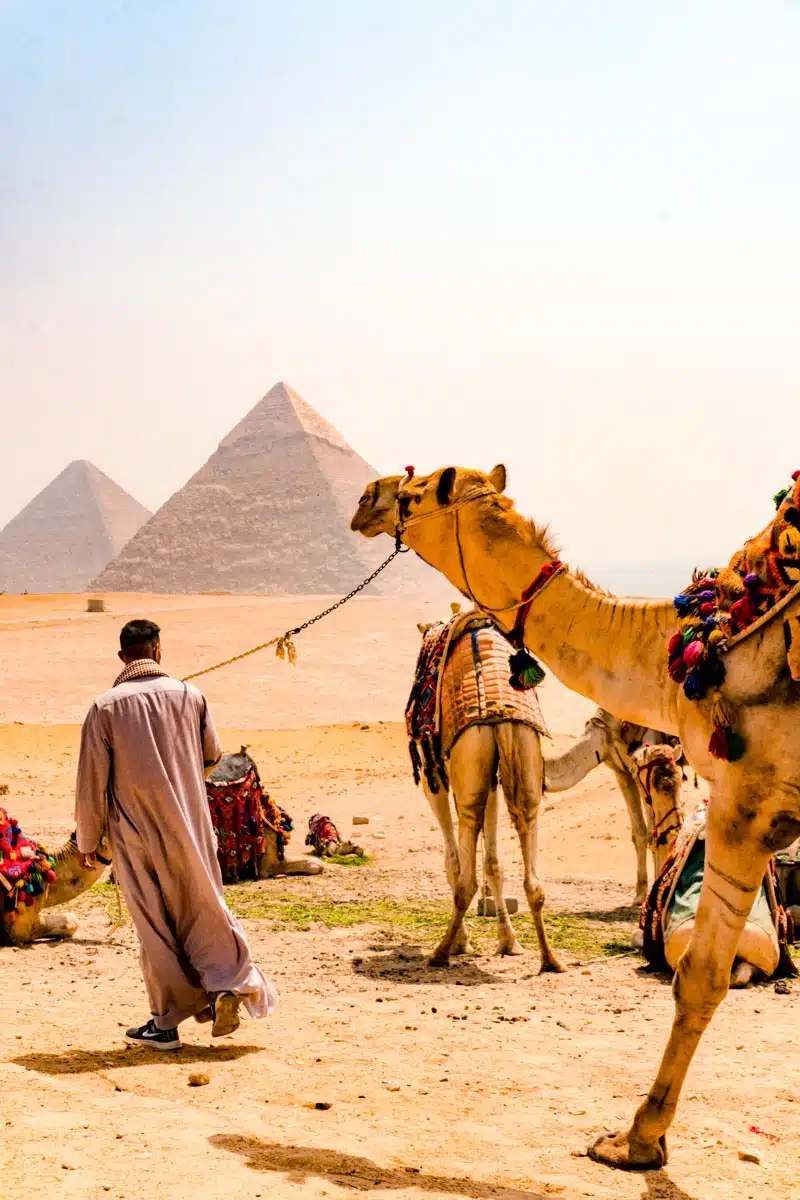
Follow us on Instagram for travel inspiration, tips, and guides.

